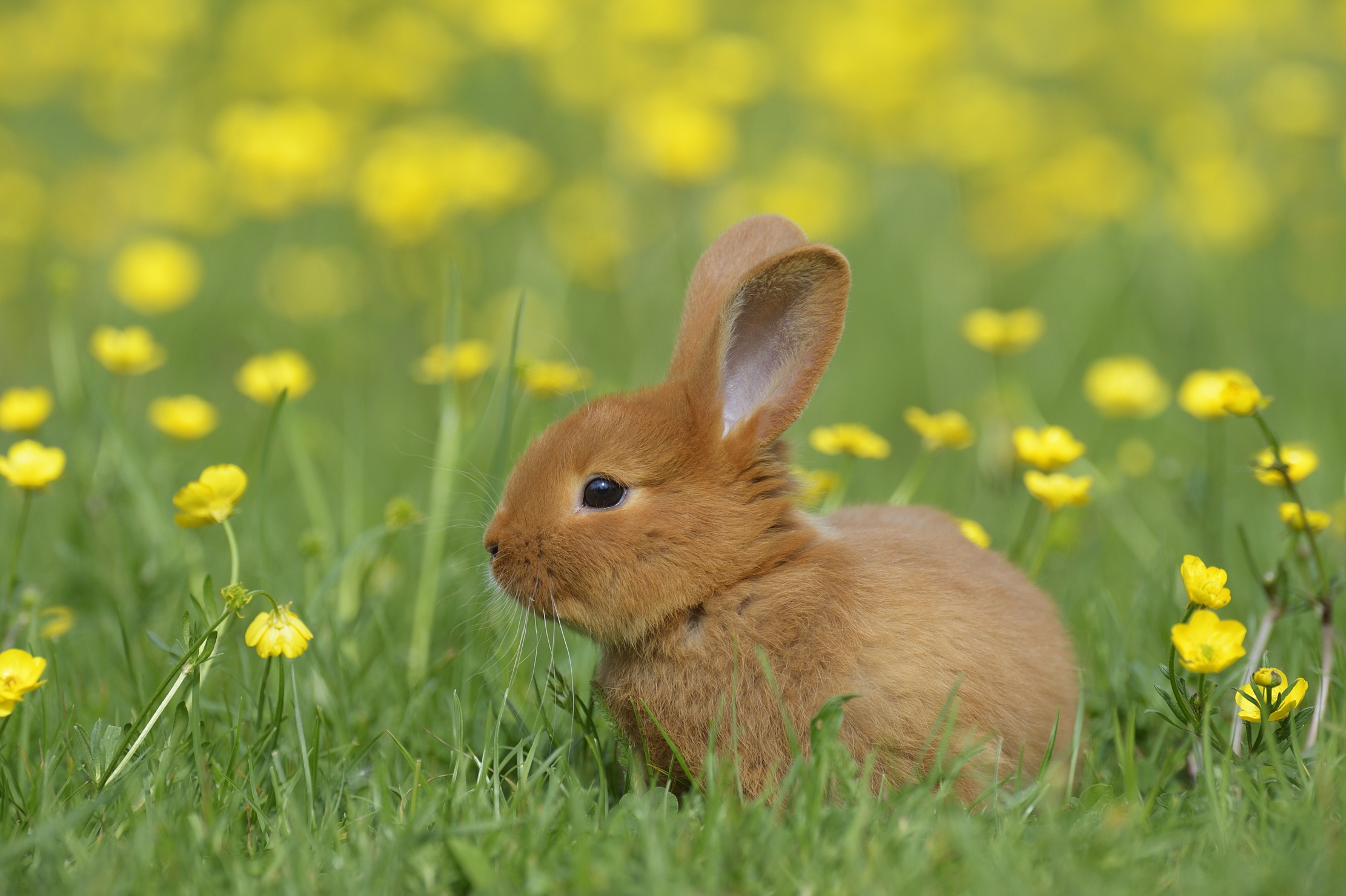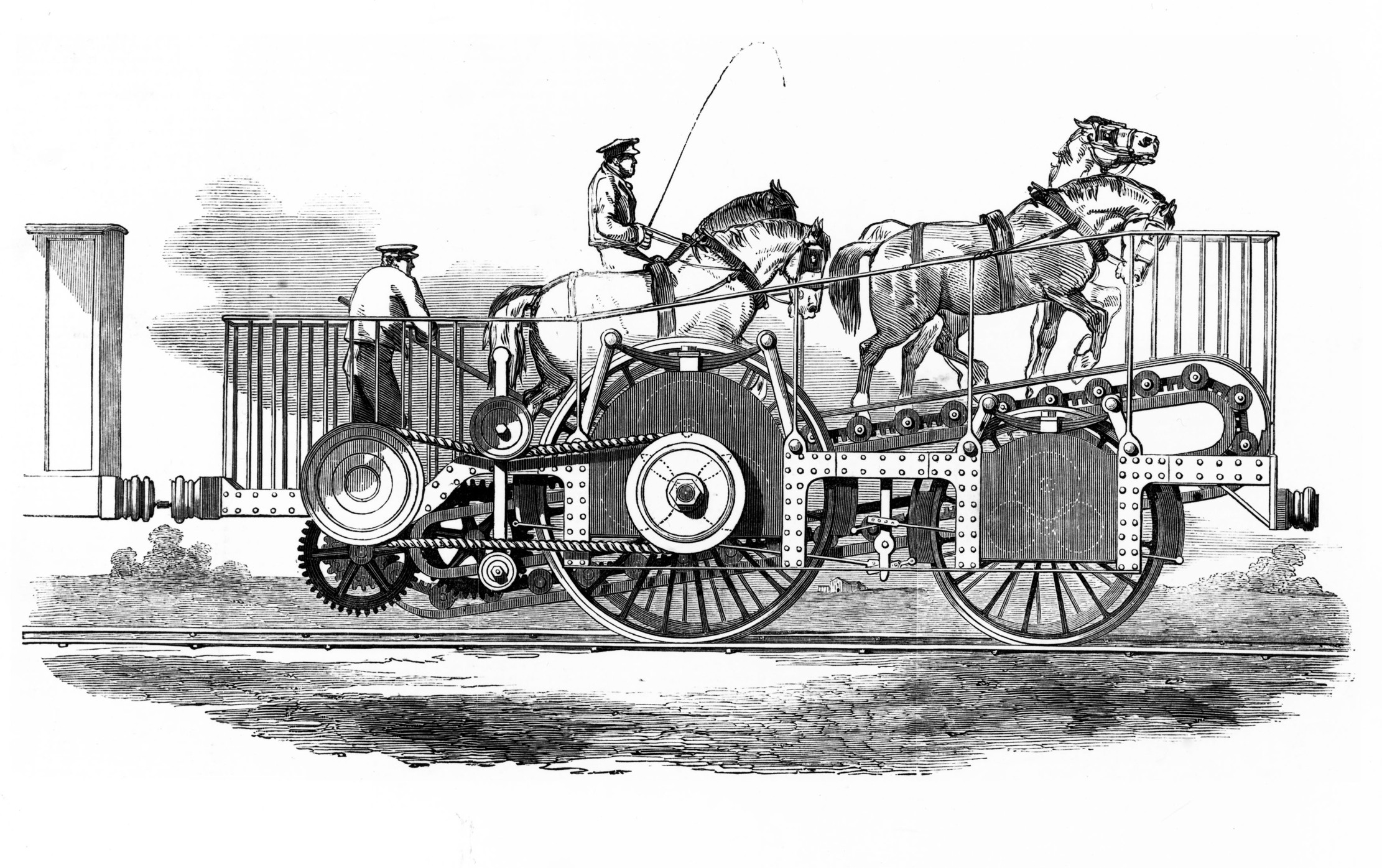Curious Question: Do dogs go through a stroppy teenage stage?
Martin Fone investigates the behaviour of dogs as they grow up and reminds prospective owners that a dog is a lifetime commitment.


A successful advertising slogan must be catchy, convey its message succinctly and insert itself into the public’s consciousness like an insidious earworm. Crack that and, rather like De Beer’s ‘A diamond is forever’, first coined as far back as 1948, it can stand the test of time. One that has firmly lodged itself into the British public’s psyche was created by Clarissa Baldwin in late 1978 in response to a very specific problem.
The National Canine Defence League, of which she was head, had run out of money at the very time that their services were needed most. The boom in the number of pet shops in the 1970s had led to an increase in the number of dogs bought as impulse purchases. Once the novelty had worn off, they were abandoned in their thousands.
To enhance public awareness of the crisis and change behaviour in a cost-effective way, she came up with the slogan, ‘A dog is for life, not just for Christmas’. So successful did it become that its successor organisation, the Dog Trust, had to trademark it.
Fast forward four decades or so and its message, with perhaps a minor tweak, is as apposite now as it was then. We are inherently social animals, so the rigours of the lockdown have inevitably had an impact on our mental wellbeing.
The Centre for Medical Health has predicted that almost a fifth of the population, some 10 million, will need some form of mental health support as a direct consequence of Covid-19, fifteen per cent of whom will be children and young adults under the age of eighteen. It is a truly staggering figure.
Many of us have devised our own coping strategies, pursuing new interests and hobbies, taking more regular and strenuous forms of exercise, even tackling those jobs around the house that we have put off for that proverbial rainy day. With avenues for emotional support and companionship limited, some have sought solace in a living, breathing comfort blanket. That modern bellwether of social mores, internet search counts, showed that queries relating to ‘buy a puppy’ quadrupled in the UK in the middle of March last year, before doubling again in early May.

These were not just idle queries, something to while away the hours. Britain experienced a surge in the sale of pets, as lockdown puppy fever swept the country. By September 2020, the journal Plos One was reporting research that indicated that pet owners had found considerable emotional support from their animals during the first lockdown, claiming that they helped to improve their owners’ mental health and reduce feelings of loneliness.
Sign up for the Country Life Newsletter
Exquisite houses, the beauty of Nature, and how to get the most from your life, straight to your inbox.
There was, though, a sting in the tail of the research in that the link between pet ownership and improving mental health was not clinically significant enough to suggest that we should rush out to buy a pet.
Indeed, increasingly what seemed to have been a good idea in the spring had, by the autumn, turned out to be the stuff of nightmares. The number of internet searches involving the terms ‘sell puppy’ and ‘selling a dog’ saw a significant spike in November 2020 and pet listing sites began reporting an increase in the number of adolescent and older puppies for sale, often described as having been recently bought and commanding prices that, if met, would recoup most, if not all, of what the owners paid in the boom of the spring.
Sadly, though, desperate owners are taking other routes to relieve themselves of their unwanted pets, either by giving them to animal rescue centres or simply abandoning them. Animal charities fear that the worst is to come.
Is it simply a question of act in haste, repent at leisure or are there deeper underlying factors at play? Undeniably, some of the reasons for owners falling out of love with their lockdown puppies are down to the novelty of a new pet wearing off, the realisation that a dog needs regular exercise and is a significant time commitment, and that unanticipated veterinary fees or insurance costs put an additional demand on already constrained family finances.

When asked why they wanted to hand in their dogs, owners often cited that their pets had acquired annoying habits. They would whine or bark at inopportune moments, especially when their owner was trying to work from home or helping with home schooling. Others cited excessive attention seeking, general disobedience, clinginess or shying away when approached. It is as if their new-found chum had transformed into a moody, stroppy teenager.
And there may be something in that, according to Dr Helen Whiteside, Head of Research at Guide Dogs UK. For humans, adolescence can often be a challenging time, characterised by excessive risk taking, moodiness, irritability and a propensity to argue with their parents as the child seeks to establish its own individuality and autonomy.
Dogs, too, can go through a troublesome adolescent phase, according to research carried out for Guide Dogs and published in the May 2020 edition of Biology Letters in a paper entitled Teenage Dogs? Using a mix of questionnaires and observational techniques a team from Nottingham University looked at the behavioural responses of dogs at the pre-adolescent stage, typically at five months, during adolescence (eight months) and post-adolescence (12 months).
They found that at the peak of adolescence there was a marked trend towards disobedience amongst the dogs, manifesting itself in an unwillingness to obey basic commands, such as ‘sit’ or ‘fetch’, or to perform certain drills or tasks which they had learned to do prior to hitting adolescence. Even more intriguingly, the dog’s disobedience was targeted most specifically towards their owner.
While the odds of the dog repeatedly not responding to the ‘sit’ command were higher at eight months than at five months when given by its owner, the reverse appeared to be the case when they were given by someone it encountered less frequently. Once the dog had reached post-adolescence at around 12 months, it had recovered its willingness to obey their owner and assimilate further training.
Bitches exhibiting excessive clinginess and other attention-seeking behaviours at the pre-adolescent stage or, conversely, trembling or showing agitation when left were more likely to enter puberty earlier than their peers.

These conclusions are a mix of good and bad news. Dogs do seem to go through a period of disobedient behaviour, mainly directed towards their owners, as they reach adolescence, but it lasts only a matter of months, rather than the years that a sulky human teenager has to be endured.
There are some profound consequences, though, because the onset of a dog’s adolescence coincides precisely with the peak age at which dogs are either being sold on or relinquished to welfare centres. Owners should seek professional advice if their dog exhibits severe or sudden changes of behaviour, Dr Whiteside warns, but a gradual slide into temporary disobedience is part and parcel of the dog growing up and should not be a trigger for giving up on them.
It is as well to remember that dogs really are for life, not just lockdown.
After graduating in Classics from Trinity College Cambridge and a 38 year career in the financial services sector in the City of London, Martin Fone started blogging and writing on a freelance basis as he slipped into retirement. He has developed a fearless passion for investigating the quirks and oddities of life and discovering the answers to questions most of us never even think to ask. A voracious reader, a keen but distinctly amateur gardener, and a gin enthusiast, Martin lives with his wife in Surrey. He has written five books, the latest of which is More Curious Questions.
-
 Designer's Room: A solid oak French kitchen that's been cleverly engineered to last
Designer's Room: A solid oak French kitchen that's been cleverly engineered to lastKitchen and joinery specialist Artichoke had several clever tricks to deal with the fact that natural wood expands and contracts.
By Amelia Thorpe
-
 Chocolate eggs, bunnies and the Resurrection: Country Life Quiz of the Day, April 18, 2025
Chocolate eggs, bunnies and the Resurrection: Country Life Quiz of the Day, April 18, 2025Friday's quiz is an Easter special.
By James Fisher
-
 Curious Questions: Why do golf balls have dimples? And why are tennis balls furry?
Curious Questions: Why do golf balls have dimples? And why are tennis balls furry?As the weather picks up, millions of us start thinking about dusting off our golf clubs and tennis rackets. And as he did so, Martin Fone got thinking: why aren't the balls we use for tennis and golf perfectly smooth?
By Martin Fone
-
 Curious questions: How a horse on a treadmill almost defeated a steam locomotive
Curious questions: How a horse on a treadmill almost defeated a steam locomotiveThe wonderful tale of Thomas Brandreth's Cycloped and the first steam-powered railway.
By Martin Fone
-
 You've got peemail: Why dogs sniff each other's urine
You've got peemail: Why dogs sniff each other's urineEver wondered why your dog is so fond of sniffing another’s pee? 'The urine is the carrier service, the equivalent of Outlook or Gmail,' explains Laura Parker.
By Laura Parker
-
 Curious Questions: Which person has spent the most time on TV?
Curious Questions: Which person has spent the most time on TV?Is it Elvis? Is it Queen Elizabeth II? Is it Gary Lineker? No, it's an eight-year-old girl called Carole and a terrifying clown. Here is the history of the BBC's Test Card F.
By Rob Crossan
-
 The ship that was in two different centuries, two different years, two different months, two different days and two different seasons, all at the same time
The ship that was in two different centuries, two different years, two different months, two different days and two different seasons, all at the same timeOn December 31, 1899, the SS Warrimoo may have travelled through time — but did it really happen?
By Martin Fone
-
 Curious Questions: Was music's famous 'Lady of the Nightingales' nothing more than a hoaxer?
Curious Questions: Was music's famous 'Lady of the Nightingales' nothing more than a hoaxer?Beatrice Harrison, aka ‘The Lady of the Nightingales’, charmed King and country with her garden duets alongside the nightingales singing in a Surrey garden. One hundred years later, Julian Lloyd Webber examines whether her performances were fact or fiction.
By Julian Lloyd Webber
-
 Curious Questions: Who wrote the Happy Birthday song?
Curious Questions: Who wrote the Happy Birthday song?There are few things less pleasurable than a tuneless public rendition of Happy Birthday To You, says Rob Crossan, a century after the little ditty came into being
By Rob Crossan
-
 Why do we get so many April showers?
Why do we get so many April showers?It's the time of year when a torrential downpour can come and go in minutes — or drench one side of the street while leaving the other side dry. It's all to the good for growing, says Lia Leendertz as she takes a look at the weather of April.
By Lia Leendertz